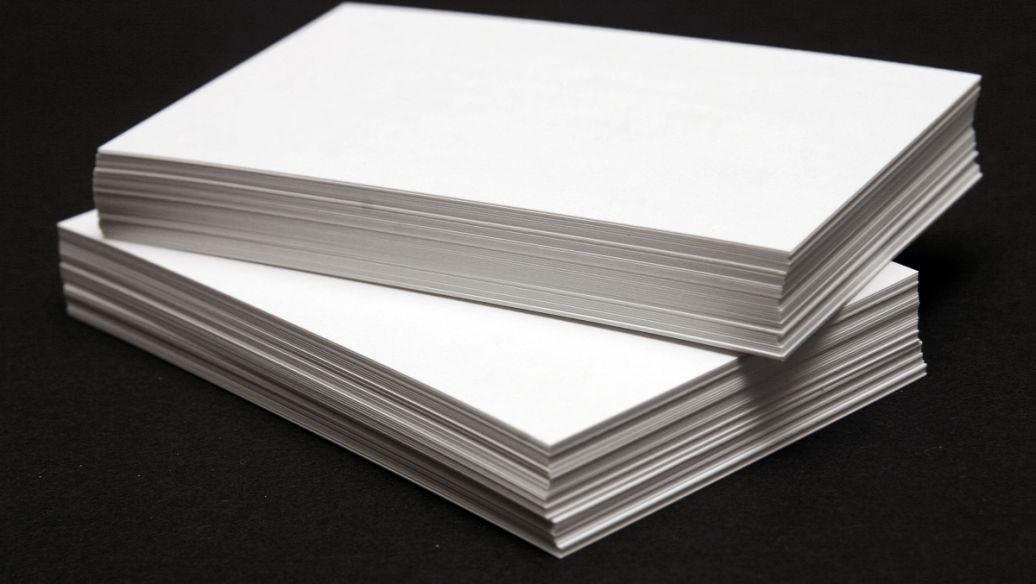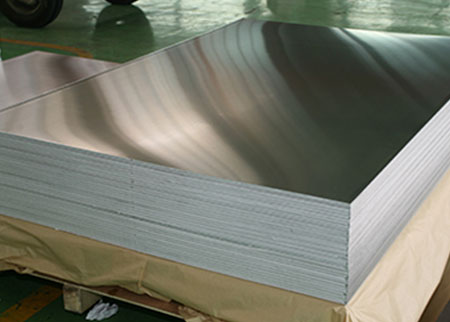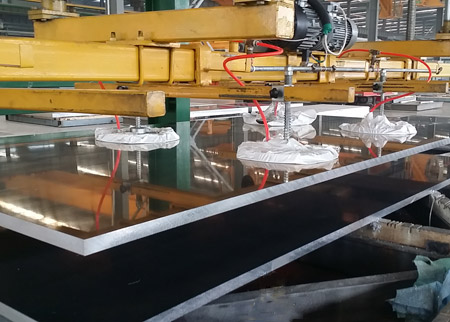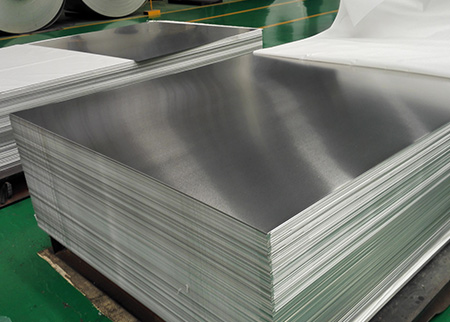



Surface defects that may be caused by finishing aluminium sheets
(1) Cracked edge
Definition and characteristics: aluminum plate, strip edge rupture, serious when jagged.
Main causes: shear feeding skew, plate, strip side of the tensile stress; end damage, by cutting edge can not be eliminated.

(2) Burr
Definition and characteristics: plate, strip material by shear, the edge of the presence of varying sizes of fine short filaments or sharp and thin metal spurs.
The main reasons: shear edge is not sharp; poor lubrication of the shear edge; shear edge clearance and overlap amount of improper adjustment.
(3) abrasion
Definition and characteristics: due to the existence of debris between the plate and strip material layer or aluminum powder and plate contact, material between the prism and face, or face and face contact occurs after the relative sliding or misalignment and in the aluminum plate and strip surface caused by the bundle (or group) distribution of scars.
The main reasons: plate, strip in the process of processing production and guide road, equipment contact friction; finishing acceptance or packaging operations improperly produced between the plate sliding; uncoiling between the layers of the wrong movement; coil loose roll.
(4) scratch
Definition and characteristics: due to sharp objects (such as plate corners, metal chips or sharp objects on the equipment, etc.) and aluminum plate surface contact, in the relative sliding caused by a single strip distribution of scars.
The main causes: finishing when the plate corner scratches the plate surface; packaging, foreign objects scratch the plate surface.
(5) rubbing injury
Definition and characteristics: the quenching of adjacent plates between the friction generated by the wound. Rubbing injury is irregular, rounded, destroying the natural oxide film and cladding layer.
Main causes: quenching plate bending deformation is too large; quenching, loading too much, between the plate spacing is small.
* Thank you for your inquiry. Please provide your business needs information so that we can better serve you.
This information can help us assign the most suitable person to solve your problem. We will give you feedback within 1-2 working days.
Related Blog







